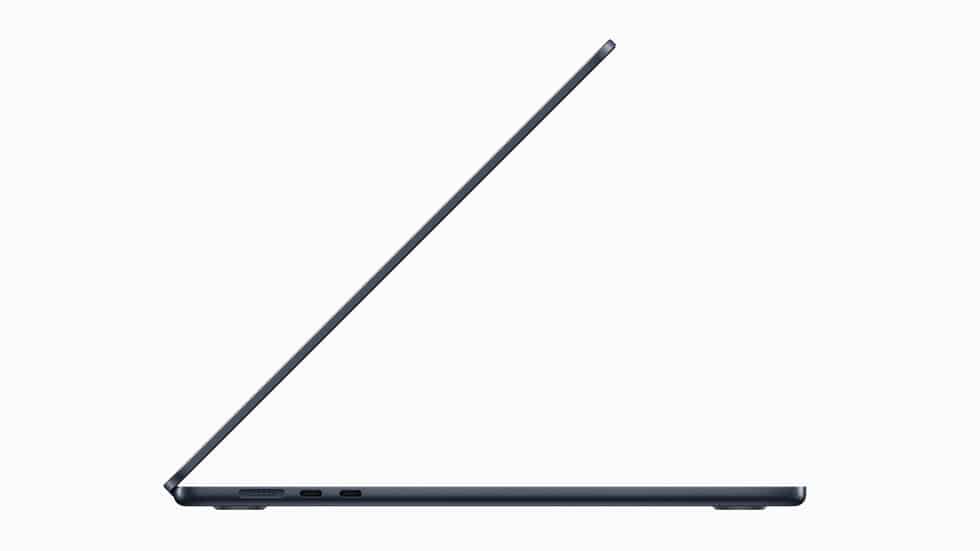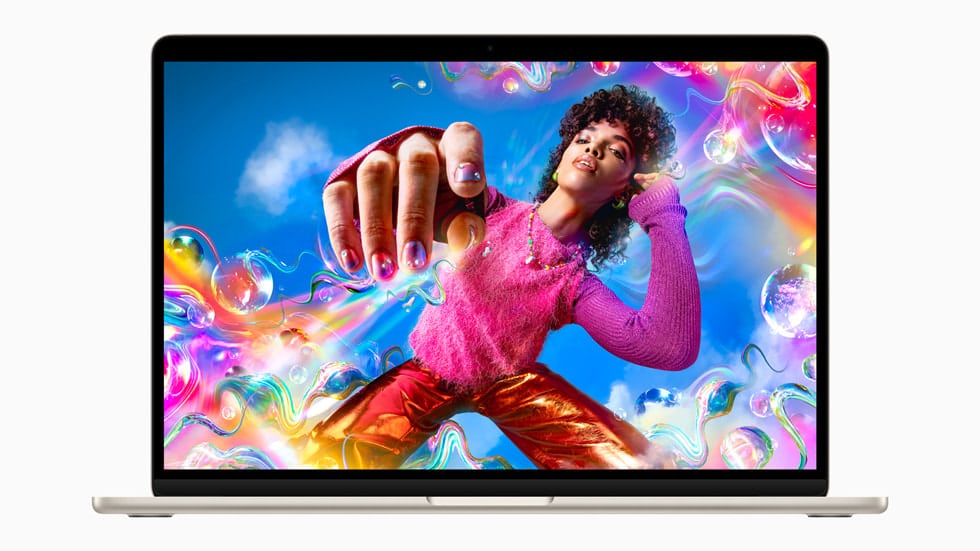
Last week, Apple unveiled the first-ever 15-inch MacBook Air, a product a lot of people have been waiting a long time for.
Since 2008, when Steve Jobs slipped the very first Air from a manilla envelope to copious gasps from the Macworld Conference audience, those who require or prefer a large-screen laptop have been excluded from the thin and light design that has made the Air lineup the best-selling laptop in the world.
The new Air boasts a 15.3-inch screen and is powered by Apple’s M2 processor. It is only 11.3 mm thick and weighs 3.3 pounds. It starts at $1,299, a price point that has made those ecstatic about this new machine even happier as it’s only $200 more than the 13-inch Air.

Considering the fact that this is the exact same computer as the 13-inch Air though, a lot of folks are wondering why it took Apple 15 years to introduce a big-screen model. John Gruber of Daring Fireball presented Apple senior vice president of hardware engineering John Ternus with that exact question during a recent post-WWDC interview.
According to Ternus, the 15-inch Air was made possible by the transition to Apple Silicon.
Over the years, we’ve been interested in a larger size and it’s something we’ve thought about and we’ve explored. When you’re designing products, a great product can come about by making smart trade-offs, right? You can make better battery life and put in a bigger battery, but then it’s going to be a little bit thicker and heavier. You can add more power to get more performance, but then, you know, it’s going to be a little bit louder. I think when we’ve made models and we thought about a bigger MacBook Air, we just didn’t end up with something that felt like a MacBook Air.
But the world’s different now and we have Apple Silicon. Apple Silicon is like a cheat code for system design. We were able to build this system and have all the performance and the battery life and of course the incredible thin and light design, and it’s every inch a MacBook Air. So, that’s what took so long. We had to have the right pieces.
Of course, there remain skeptics about Apple’s timing with the 15-inch Air. In her review of the laptop at The Verge, Monica Chin posits that Apple released the laptop in response to slowing sales.
Apple, over the last two quarters, reported the sharpest year-over-year percentage decline in Mac revenue that we’ve seen in half a decade. If there were ever a time that laptop companies needed to inject the market with some pizzazz, it’s today, right now.
Whatever the reason, we’re just happy that a 15-inch laptop in a design and price point that everyone can appreciate it here. What do you think of the new 15-inch MacBook Air? Is this your next laptop upgrade? Let us know in the comments below.






